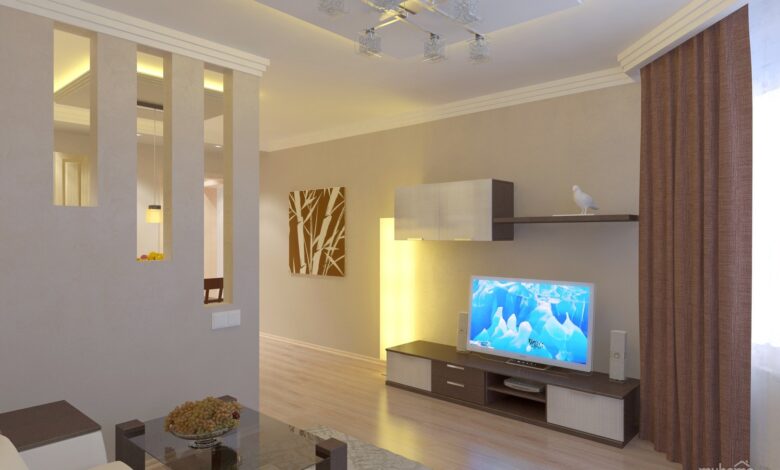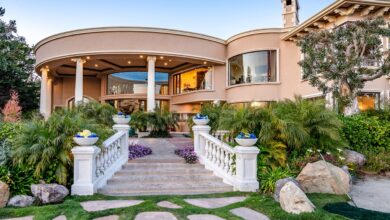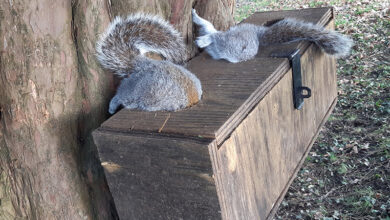Exploring Chandigarh House Design: Simple Elegance and Functionality

Chandigarh, the capital of the northern Indian states of Punjab and Haryana, is renowned for its modernist architecture and urban planning. One of the hallmarks of this city’s design ethos is its residential architecture, characterized by a blend of simplicity, functionality, and elegance. In this article, we delve into the key aspects of Chandigarh house design that make it both distinctive and appealing.
Key aspects of Chandigarh house design:
- Open Layouts: Chandigarh house designs often feature open layouts that prioritize spaciousness and fluidity. This design approach allows for seamless movement between different areas of the house and fosters a sense of connectivity among family members. Open layouts also facilitate natural light and ventilation, creating a bright and airy ambiance within the home.
- Integration with Nature: Many Chandigarh houses are designed to embrace the surrounding natural environment. Large windows, skylights, and courtyards are common features that blur the boundaries between indoor and outdoor spaces. This integration with nature not only enhances the aesthetic appeal of the house but also promotes a sense of tranquility and well-being for its occupants.
- Simple Geometric Forms: Chandigarh house designs often employ simple geometric forms such as cubes, rectangles, and squares. These clean lines and minimalist shapes contribute to the overall sense of order and harmony in the architecture. Additionally, simple geometric forms allow for efficient use of space and materials, making Chandigarh houses both practical and visually striking.
- Functional Minimalism: In keeping with the modernist principles of simplicity and functionality, Chandigarh houses prioritize essential features and avoid unnecessary ornamentation. Interior spaces are designed with a focus on practicality and usability, ensuring that every element serves a purpose. This minimalist approach not only enhances the aesthetic appeal of the house but also promotes a clutter-free living environment.
- Use of Local Materials: Chandigarh house designs often incorporate locally sourced materials such as brick, stone, and timber. These materials not only reflect the regional architectural heritage but also offer sustainable and eco-friendly building solutions. By utilizing indigenous materials, Chandigarh houses blend seamlessly with their surroundings while also reducing the carbon footprint associated with construction.
- Terrace Gardens: Another distinctive feature of Chandigarh house design is the inclusion of terrace gardens or green roofs. These elevated green spaces not only provide a refreshing retreat for residents but also offer environmental benefits such as improved air quality, temperature regulation, and stormwater management. Terrace gardens also serve as a visual link to the surrounding landscape, enhancing the overall aesthetic appeal of the house.
Conclusion:
In conclusion, Chandigarh house design embodies a harmonious blend of simplicity, functionality, and elegance. From open layouts and integration with nature to simple geometric forms and functional minimalism, these houses reflect the modernist ideals of efficiency, aesthetics, and sustainability. By embracing local materials and incorporating innovative design elements such as terrace gardens, Chandigarh houses not only provide comfortable living spaces but also contribute to a more sustainable built environment.



